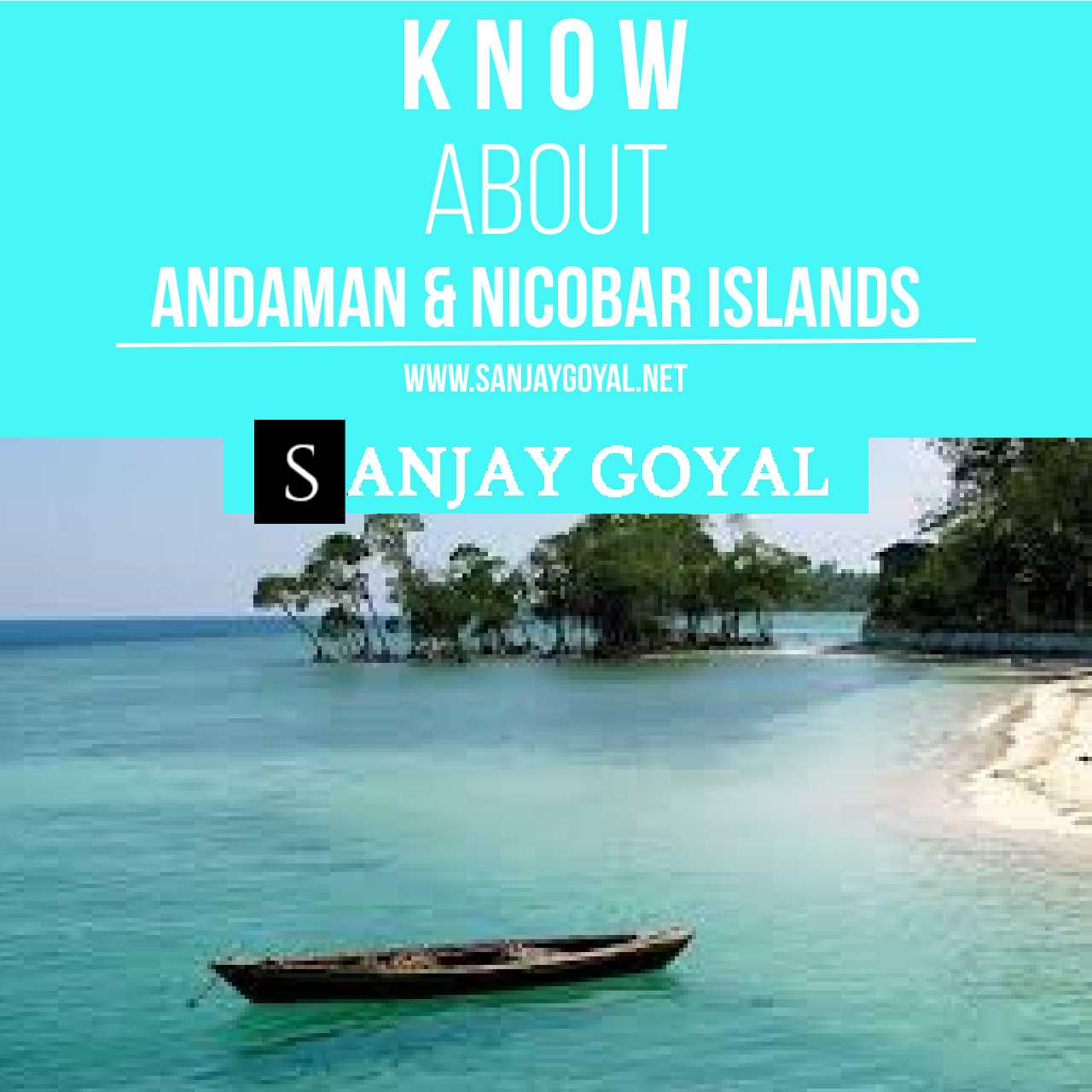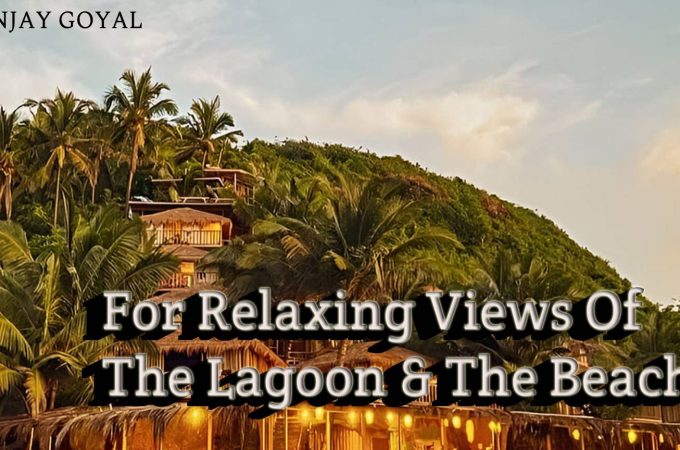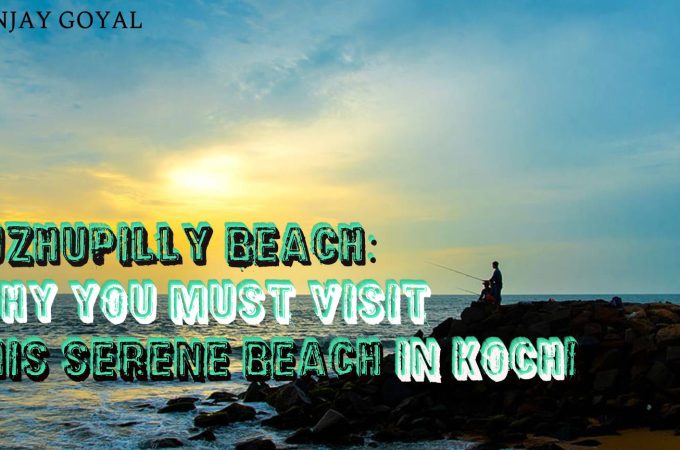
-
Save
Know About Andaman and Nicobar Islands
Andaman
The Andaman & Nicobar Islands is a union territory of India. This territory is known as A & N Islands, or ANI. It is located in the Indian Ocean, in the southern reaches of the Bay of Bengal, nearer to Indonesia and Thailand. This comprises of two island groups – the Andaman Islands and the Nicobar Islands – which separates the Andaman Sea to the east from the Indian Ocean. These two groups are separated by the 10° N parallel, the Andamans lying to the north of this latitude, and the Nicobars to the south. The capital of this territory is the Andamanese town of Port Blair.There are 836 Islands/Islets/Rocky Outcrops in the territory, of which only some 31 are permanently inhabited.
The smaller Nicobars comprise some 22 main islands (10 inhabited). The Andamans and Nicobars are separated by a channel (the Ten Degree Channel) some 150 km wide.The territory’s population as per the most recent (2011) Census of India was 3,79,944 and the literacy rate is 86.27%. Added together, the total land area of the territory is approximately 8,249 km².The total area of the Andaman Islands is 6,408 km² and that of the Nicobar Islands is 1,841 km² approximately. Hindi and English are the official languages of the islands. Bengali is the dominant and most spoken language, with 26% of the population speaking Bengali. The other major languages spoken in the islands are Hindi (18.23%), Tamil (17.68%), Telugu (12.81%), Malayalam (8.11%) and Nicobarese (8.05%) according to 2001 Census of India. Other minor spoken languages are Kurukh/Oraon, Munda and Kharia. Andaman Creole Hindi is widely used as a trade language in the Andamans.
Port Blair (Capital of A & N Islands)
The Andaman & Nicobar Islands surrounded by emerald sea, lush green forest, mountains scenic beauty, unpolluted corals, serene white sandy beaches, marine national park have all contributed to make these islands one of the most beautiful tourist destination acclaimed World wide. For such a beautiful union territory, Port Blair is Capital town wherein all trades commerce, Administrative tourism activities are managed. The Port Blair not only acts, as gateway to Andaman & Nicobar Islands, apart from giving a visual delight with its nature, its unique contribution to the freedom struggle of the Country cannot be ignored.
The Port Blair Municipal Council feels proud to be the civic body for the capital town, rendering all basic amenities, Parks, Gardens, Lighting Monitoring of Historical place giving a visit of beauty and clean environs to both the Port Blarians and the visiting guests. The Andaman & Nicobar Islands is geographically located at the Bay of Bengal, Longitude 92 degree to 94 degree East, Latitude 60 to 140 North and a Distance of 1200 Kms from Chennai/Kolkatta to Port Blair. The capital of Andaman & Nicobar Islands has one Airport, one major harbour and a number of other small harbours.
About Flora & Fauna
These Islands are blessed with a unique’ luxuriant evergreen tropical rainforest canopy, sheltering a mixed germ plasm bank, comprising of Indian, Myanmarese, Malaysian and endemic floral strain. So far, about 2200,varieties of plants have been recorded out of which 200 are endemic and 1300 do not occur in mainland India. The South Andaman forests have a profuse growth of epiphytic vegetation, mostly ferns and orchids.The Middle Andamans harbours mostly moist deciduous forests. North Andamans is characterised by the wet evergreen type, with plenty of woody climbers. The north Nicobar Islands (including Car Nicobar and Battimalv) are marked by the complete absence of evergreen forests, while such forests form the dominant vegetation in the central and southern islands of the Nicobar group.
Grasslands occur only in the Nicobars, and while deciduous forests are common in the Andamans, they are almost absent in the Nicobars. This atypical forest coverage is made-up of twelve types namely (1) Giant evergreen forest (2) Andamans tropical evergreen forest (3) Southern hilltop tropical evergreen forest (4) Cane brakes (5) Wet bamboo brakes (6) Andamans semi-evergreen forest (7) Andamans moist deciduous forest (8) Andamans secondary moist deciduous forest (9) Littoral forest (10) Mangrove forest (11) Brackish water mixed forest (12) Submontane hill valley swamp forest. The present forest coverage is claimed to be 86.2% of the total land area.

-
Save
Timber
Andaman Forest is abound in plethora of timber species numbering 200 or more, out of which about 30 varieties are considered to be commercial. Major commercial timber species are Gurjan (Dipterocarpus spp.) and Padauk (Pterocarpus dalbergioides). Ornamental wood such as (1) Marble Wood (Diospyros marmorata) (2) Padauk (Pterocarpus dalbergioides), (3) Silver Grey (a special formation of wood in white chuglam) (4) Chooi (Sageraea elliptical and (5) Kokko (Albizzia lebbeck) are noted for their pronounced grain formation. Padauk being steadier than teak is widely used for furniture making. Burr and the Buttress formation in Andaman Padauk are World famous for their exceptionally unique charm and figuring. Largest piece of Buttress known from Andaman was a dining table of 13’x 7′. The largest piece of Burr was again a dining table to seat eight persons at a time. The holy Rudraksha (Elaeocarps sphaericus) and aromatic Dhoop/Resin trees also occur here.

-
Save
Fauna
This tropical rain forest despite its isolation from adjacent land masses is surprisingly enriched with many animals.MAMMALS – About 50 varieties of forest mammals are found to occur in A&N Islands, most of them are understood to be brought in from outside and are now considered endemic due to their prolonged insular adaptation. Rat is the largest group having 26 species followed by 14 species of bat. Among the larger mammals there are two endemic varieties of wild pig namely Sus Scrofa andamanensis from Andaman and S.S.nicobaricus from Nicobar. The spotted deer Axis axis, Barking deer and Sambar are found in Andaman District. Interview island in Middle Andaman holds a fairly good stock of feral elephants. These elephants were brought in for forest work by a private contractor who subsequently left them loose.

-
Save
Butterflies and Moths
Butterflies and Moths – With about 225 species, the A&N Islands house some of the larger and most spectacular butterflies of the world. Ten species are endemic to these Islands. Mount Harriet National Park is one of the richest areas of butterfly and moth diversity on these Islands.

-
Save
Shells
Shells are perhaps the most colourful and fascinating objects known to man other than Gems since time immemorial. They served as money, ornaments, musical instruments, drinking cups, in magic and in the making of fine porcelains. They were also the symbols in rituals and religious observances, and the returning pilgrims wore them as a token of divine pardon. These islands are traditionally known for their shell wealth specially Turbo,Trochus, Murex and Nautilus. Earliest recorded commercial exploitation began during 1929. Shells are important to these islands because some like Turbo, Trochus & Nautilus etc. are being used as novelties supporting many cottage industries producing a wide range of decorative items & ornaments. Shells such as Giant clam, Green mussel and Oyster support edible shellfishery, a few like Scallop, Clam and Cockle are burnt in kiln to produce edible lime.
The Univalve or one shell group belongs to the class Gastropoda having more than 80,000 species. Sacred Chank belongs to this group. Their body, in the course of development, go through a complicated process, ‘torsion’ i.e. the visceral mass is twisted though 90 degree together with the shell that covers it. Under mysterious circumstances many a time this process proceeds in the reverse direction thus creating an abnormal shell which otherwise lives like a normal shell. A classic example is the most wanted left-handed chank. Shells The Bivalve or Pelecypoda has about 20,000 living species. Majority of them burrow in sand or mud such as Pearl Oyster, Wing oyster, Giant clam etc. A third group, which is comparatively smaller, is called Cephalopoda, which includes Octopus, Squid, Nautilus etc. The soft body animal, which lives inside the shell, is covered with a thick layer of specialised epithelium cells known as rnantle, which in turn secretes a two tier shell material making the shell. The outer layer having a different colour pattern is organic in constitution, technically called ‘periostracum’. Calcium ions from the environment are absorbed into the blood and deposited evenly under this layer. The next inner layer is called ‘nacre’ or ‘mother of pearl’ responsible for the pearly lustre common to many shells

-
Save
Corals
Corals belong to a large group of animals known as Coelenterata (stinging animals) or Cnidaria (thread animals). Corals grow slow, they have type wise site specific growth rates. The massive forms may grow upto 2 cm. in diameter and upto 1 cm in height a year, whereas, delicate branching forms grow between 5 to 10 cm. per annum. A true reef building stony coral may be unisexual or bisexual. They breed together once in a year at a pre-determined time after dusk. This process, at places is so intense that the water stays pinkish till next morning. Corals A large number of baby corals are released in the open ocean this way. After sometime these baby corals settle over a suitable substratum and start forming new colonies through asexual reproduction.
Their morphological features change with the environment in which they settle. Due to this peculiar character they are often called ‘Plastic animals’. Stony corals could be broadly divided into reef builders and non-reef builders. The reef builders are called hermatypic, whereas others are known as ahermatypic corals. The reef builders possess hard calcareous skeleton and need sunlight like plants to survive. On the other hand, the non-reef builders are devoid of a true stony framework and can live well without sunlight. A few among them are capable of making protein based solidified skeleton.

-
Save

-
Save
Fishes
Each life form in the sea is confined to its own particular zone, where pressure, light, temperature and salinity are more or less constant. In this stable environment some creatures have remained unchanged throughout their entire history. The now famous Coelacanth, one of the groups of fishes thought to have been extinct for 60 million years, has remained essentially like its relatives as they appear in fossils. Fishes are the masters of water world. For more than 360 million years they have inhabited it.Today we have about 40,000 varieties of fishes known to science. Fish They range in size from 10 mm (Philippine Gobie) to 21m. (whale shark).Some are flattened, others inflated, many spindle shaped, a few snakelike, still others are compressed depending on the environment in which they live or particular way of life.

-
Save

-
Save
Marine Aquarium
Marine fish and animal keeping still has a certain mystique attached to it. This is one of the most complicated aspects of live stock management. The animal husbandry involved in it is mainly nurtured through water chemistry and microbiology. The tropical coral reef inhabitants are generally maintained in glass boxes known to us as marine aquariums. These animals turn ‘fragile’ under captive atmosphere because the natural system to which they belong is so heterogeneous, complex and dynamic with every tide bringing in a different condition that is so difficult to create artificially. However, since May l853 when the first tropical marine aquarium was made public in London, much has been understood and we are now able to practice a system where these animals are acclimatized and taught to be happy in their new environs.





